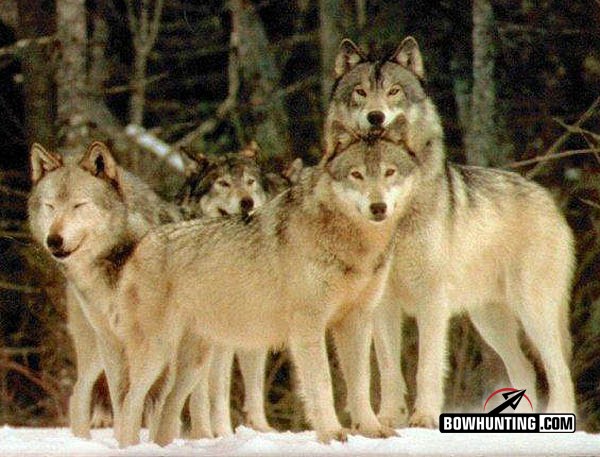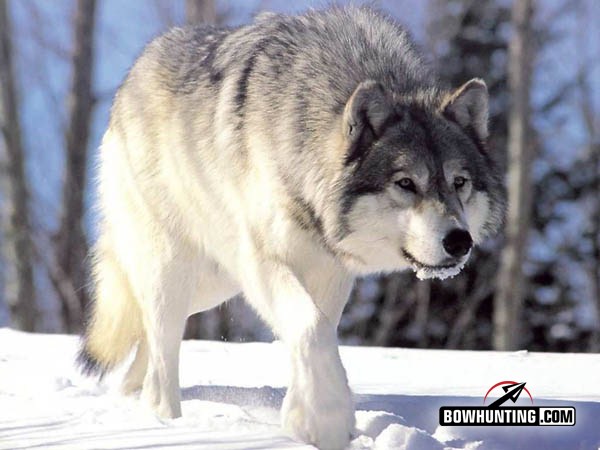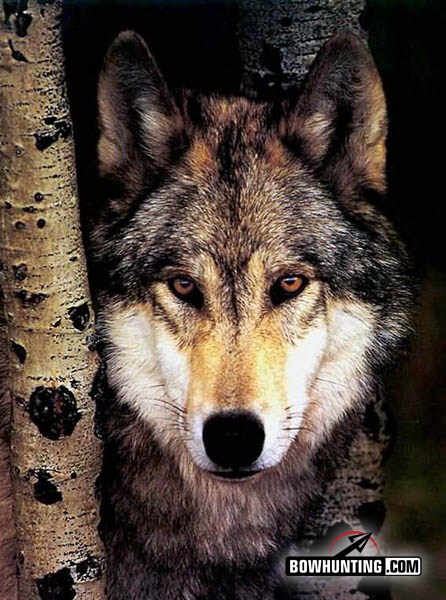LAST UPDATED: May 8th, 2015
Wisconsin lawmakers did the right thing in March by adding the gray wolf to Wisconsin’s list of wildlife that can be hunted and trapped.
With wolf numbers beyond 800 and still climbing – and with the Wisconsin Department of Natural Resources’ proven record of scientifically regulating furbearer seasons for foxes, coyotes and bobcats – it’s sensible and consistent to allow wolf hunting and trapping.
The new law also lets the DNR’s bureau of endangered resources off the financial hook when wolves kill pets, cattle, calves, horses, hunting dogs, domestic deer and other livestock. Future wolf-depredation payments will come solely from fees paid by hunters and trappers wishing to hunt wolves.
Predator hunting tends to require serious specialists. Generalists tend to quit when a hunt proves difficult.
Those fees will consist of $10 applications to enter drawings for wolf permits, and $50 (residents) and $250 (nonresidents) licenses for those drawing permits. Those fees will fund depredation payments as long as gray wolves stay off state and federal endangered species lists.
In other words, wolves remain with deer, bears, wild turkeys and Canada geese as Wisconsin’s only animals inspiring government-run entitlement programs. What if a raccoon drowns your Dalmatian or a coyote kills your cat? Sorry. Not the state’s problems.
For more than 20 years, farmers losing crops to browsing deer have been eligible for depredation payments bankrolled by hunting-license fees. Likewise, since 1985, farmers and other folks could receive state-paid death benefits when wolves ate their pet, livestock or other “property.”
License fees paid by hunters will be used to compensate people who lose pets to wolves.
Houndsmen can still seek compensation if wolves kill their dogs while they hunt bears, bobcats or raccoons. But if they’re hunting wolves with hounds when their dog dies in action, the state won’t compensate.
Most noteworthy is that the DNR’s endangered-resources program will no longer pay for misbehaving wolves. That’s also consistent and sensible. The bureau has never had much money, and yet it kept making wolf-depredation payments even after Wisconsin delisted wolves in 2004 and the feds first delisted them in 2007.
Why did the endangered-resources bureau pay nearly $887,500 for wolf-killed pets and livestock the past seven years when wolves were no longer endangered or threatened? Because state law required it.
You might recall that former state Sen. Kevin Shibilski, D-Stevens Point, is a bear-hunting houndsman. Shibilski – there’s no “I” in team but there’s three in Shibilski – wrote the provision that states: “For the purpose of payment of damage claims, the gray wolf shall be considered an endangered or threatened species regardless of whether the wolf is listed as such.”
Wolf licenses will cost $50 for residents and $250 for nonresidents.
The new law repeals that sneaky raid of the endangered-resources program, which has compensated increasingly more wolf damage recently. Although annual payouts averaged $127,000 the past seven years, they nearly tripled from $106,000 in 2009 to $300,000 in 2011, and are expected to hit $320,000 this year.
Meanwhile, the endangered-resources program suffered steady declines the past decade in its two primary funding sources: tax check-offs and specialty license plates. Perhaps it’s coincidence, but taxpayers now have nine additional check-off options for charitable donations, and motorists now have nearly 30 novelty license-plate options.
Going forward, lawmakers are gambling there will be enough interest in wolf hunting and trapping to fund and reduce depredation costs. Who knows how many Wisconsin hunters will want wolf permits? Trapping and predator hunting tend to attract serious specialists. Even if initial interest in wolves is high, dabblers and generalists will likely fade away when permit allocations are minuscule and wolf hunting proves difficult.
Still, here’s one estimate: A DNR study of the wolf bill’s fiscal impacts notes that Idaho issued 26,428 licenses for its first wolf hunt in 2009. Idaho closed the season when reaching its quota. But if interest in wolves parallels bears among Wisconsin hunters, about 100,000 might apply for a permit.
With scenarios ranging from 25,000 to 100,000 applicants, wolf hunting would generate $250,000 to $1 million in application fees. But if the DNR is conservative and issues, say 200 licenses, that’s only $10,000 more.
Those numbers suggest we’ll see tremendous shortfalls in wolf-depredation payments. If so, the new law makes no provision for the unfunded balance. Compensation payments will be made on a prorated, i.e., discounted, basis.
While this new law might prove good for wolves and Wisconsin, don’t expect widespread joy and satisfaction from those losing pets and livestock to wolves..

 By
By 






